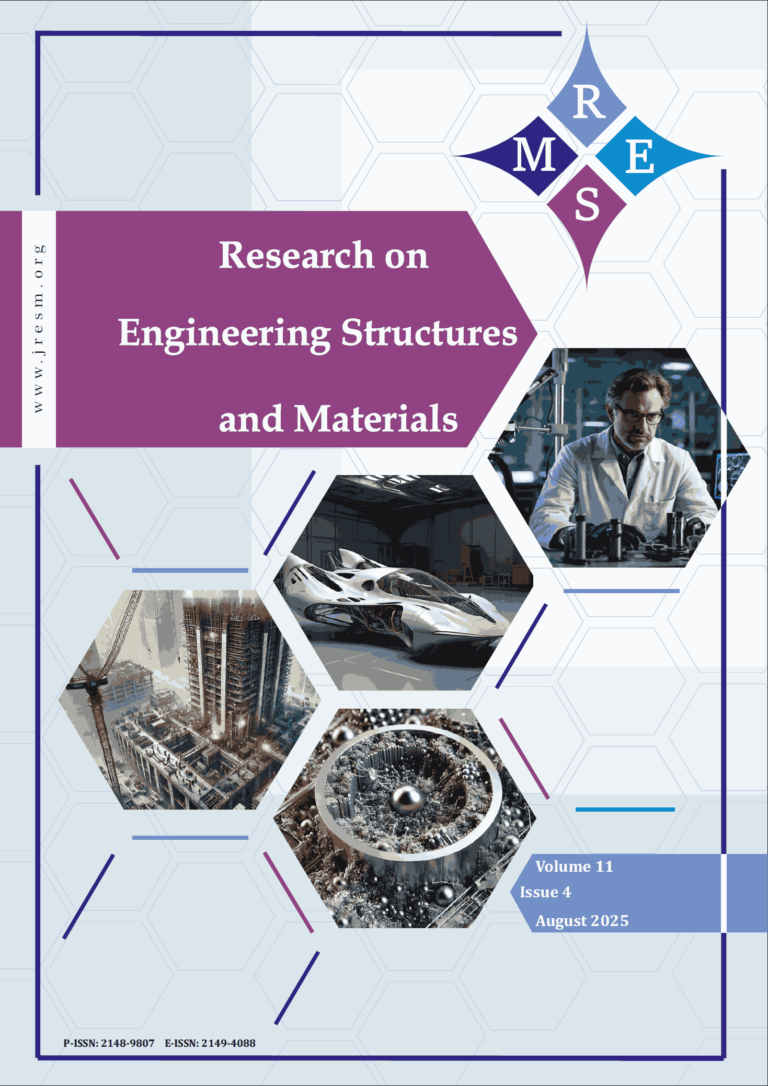The metastability of metallic glasses (MGs) can be altered via post-heat treatment around their glass transition temperature (Tg). Here, the influence of short-term heat treatment slightly below the glass transition on the thermal, thermomechanical, and structural properties is investigated. The water-cooled copper mold casting method is used to produce Cu46Zr44Al8Hf2 MGs under argon gas. Heat treatment is performed by continuous heating at 20 °C/min to 400 °C, followed by immediate cooling. Samples are characterized by differential scanning calorimetry (DSC) and dynamic mechanical analysis (DMA) through continuous heating through their Tg and Tx (crystallization temperature), and by X-ray diffraction (XRD) in Bragg-Brentano (θ-2θ) geometry. The main findings observed are: (1) an increase in thermal stability (Tx-Tg) registered by DMA and DSC, (2) a remarkable drop in the relaxation enthalpy in the DSC trace calculated from the change in specific heat before Tg, (3) the appearance of a third broad peak after heat treatment in XRD, and (4) a steady profile of E′ below Tg correlated to the β-relaxation in DMA.
The unexpected increase in ∆T is linked to the release of residual stresses accumulated during the fast quenching of the molten ingot down to room temperature. This stress is estimated as 240 MPa on the outer surface and 100 MPa in the center of the cast CuZr-MG plates, which can be eliminated by the introduced heat-treatment method. Overall, this study suggests a direct and practical way to enhance the thermal stability and high-strength retention of CuZr-based metallic glasses at elevated temperatures.
